Содержание
- 2. Lecture outline The development of empathy; Moral reasoning (Piaget theory, Kohlberg’s theory, critic); Moral behavior Socialization
- 3. Morality Behavior that helps another human being; Behavior in conformity to societal norms; The internalization of
- 4. Moral development Age-related thoughts, feelings and behaviors regarding rules, principles and values that guide what people
- 5. Moral feelings Psychoanalytic theory: Superego Conscience Ego-ideal Pride Guild Worthless
- 6. Stages of Empathy Development (Hoffman, 1982, 1988) Stage 1. Global empathy; Stage 2. Egocentric empathy (12-18
- 7. Moral thoughts. Piaget’s theory Heteronomous morality (4-7 years): absolute truth of the rules; strict adherence to
- 8. Moral thoughts. Kohlberg’s theory (1969) First level: Preconventional reasoning Stage 1. Punishment and obedience orientation Stage
- 9. EXAMPLE OF METHODOLOGY HYPOTHETICAL SITUATION: In Europe, a woman was near death from cancer. One drug
- 10. EXAMPLE OF METHODOLOGY HYPOTHETICAL SITUATION (continued) He told the druggist that his wife was dying and
- 11. EXAMPLE OF METHODOLOGY MORAL DILEMMA: STEALING VERSUS SAVING A LIFE JUDGMENT: SHOULD THE HUSBAND HAVE STOLEN?
- 12. EXAMPLE OF METHODOLOGY IF KOHLBERG BASED HIS STAGE ANALYSIS ON JUDGMENTS, THERE WOULD BE TWO STAGES
- 13. The brother’s dilemma Joe’s father promised he could go to camp if he earned 50$ for
- 14. Level 1 Stage 1. Punishment and obedience orientation (consequences of actions determine right and wrong) PRO:
- 15. Level 1 Stage 2: Instrumental Naïve instrumental hedonism (satisfaction of one’s own needs define what is
- 16. Level 2 Stage 3. “Good boy-nice girl” (what pleases others is good); PRO: Nobody will think
- 17. Level 2 Stage 4 authority maintaining morality (maintaining law and order, doing one’s duty is good)
- 18. Level 3 Stage 5. Morality of agreements and democratically determined law (society’s values and individual rights
- 19. Level 3 Stage 6. Morality of individual principles of conscience (right and wrong are a matter
- 20. Kohlberg theory Cross-sectional and longitudinal support that moral reasoning develops through stages and with age, is
- 21. Kohlberg's critic More focus on thoughts, than behavior; Problems with research method – hypothetical dilemma, difficult
- 22. Carol Gilligan and the Morality of Care morality of care versus the morality of justice; Girls
- 23. Eisenberg model of prosocial behavior Self-centered reasoning. Needs-oriented reasoning. Stereotyped and/or approval-oriented reasoning. Empathetic reasoning. Partly
- 24. Moral behavior Punishment and reinforcement – depends on consistency and schedule; Imitation – depends on characteristic
- 25. Parenting and moral development Hoffman, 1970: Love withdrawal; Power assertion; Induction Eisenberg, Murphy, 1995: Warm and
- 27. Скачать презентацию
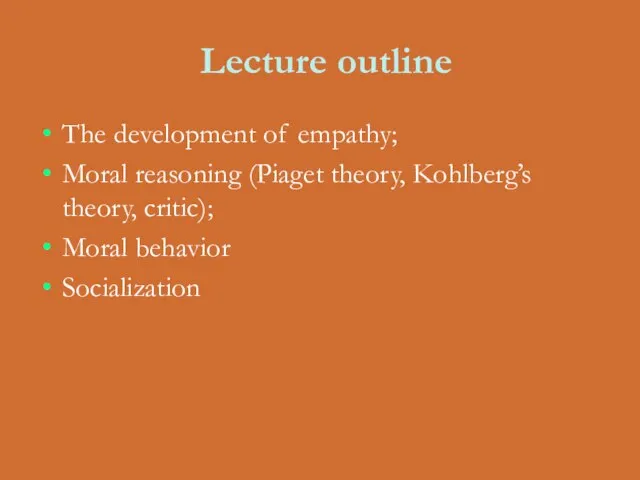
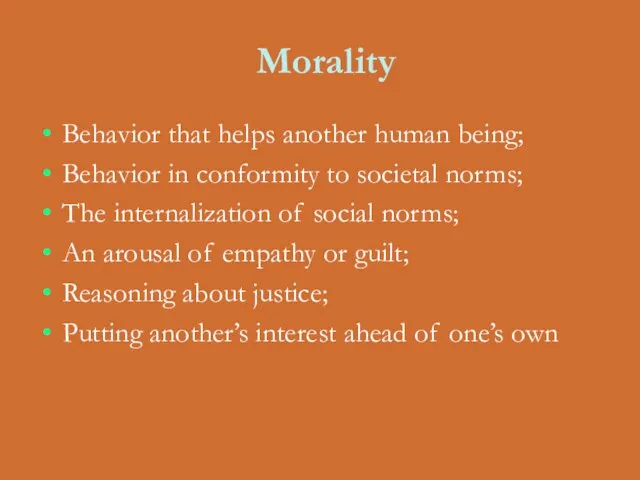


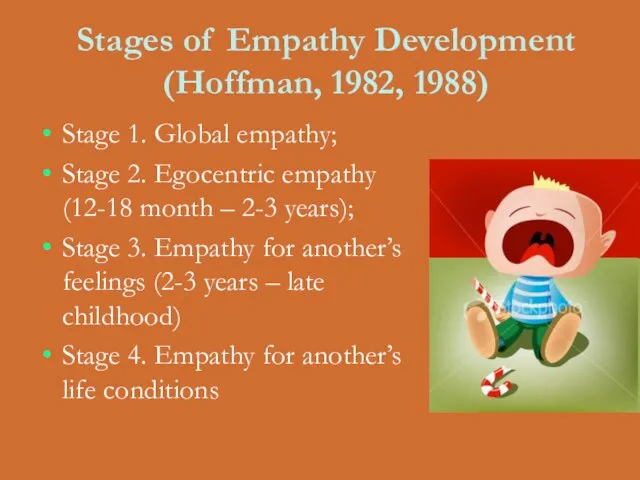
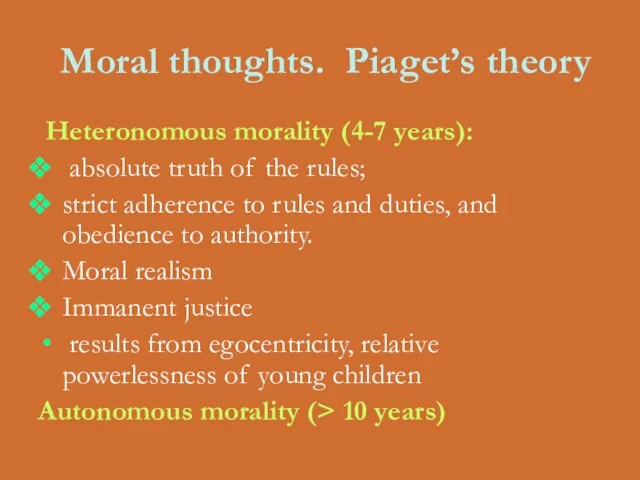
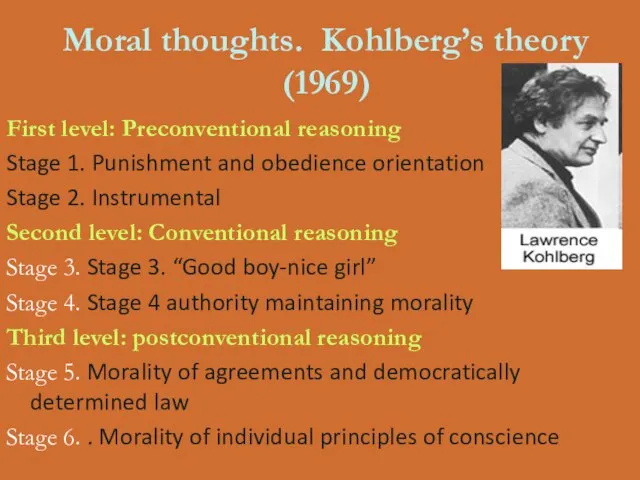
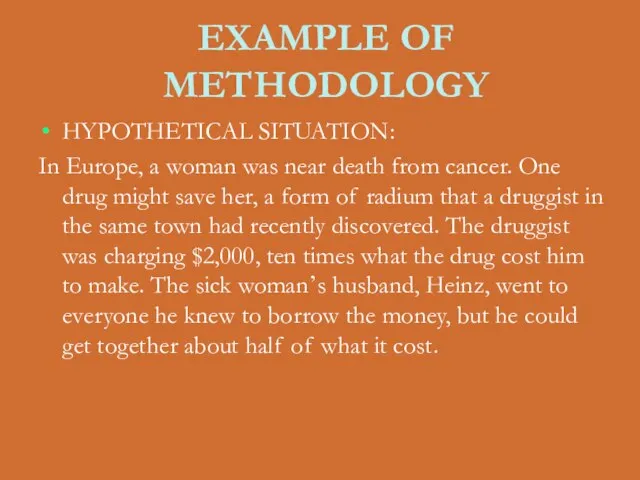
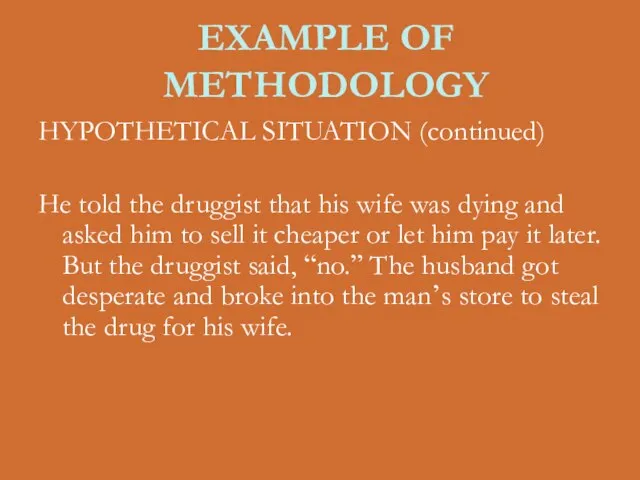

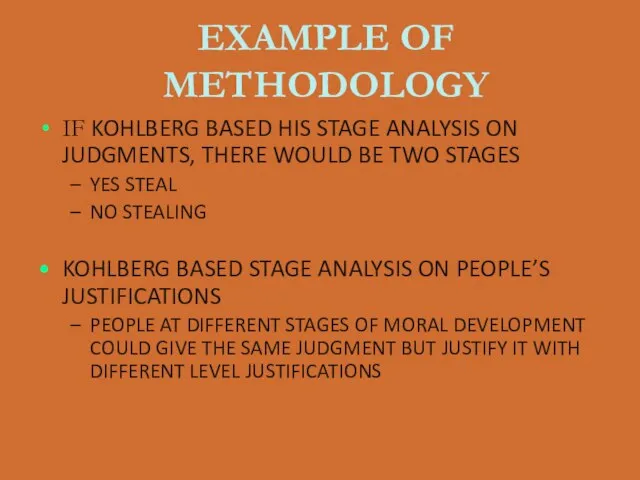

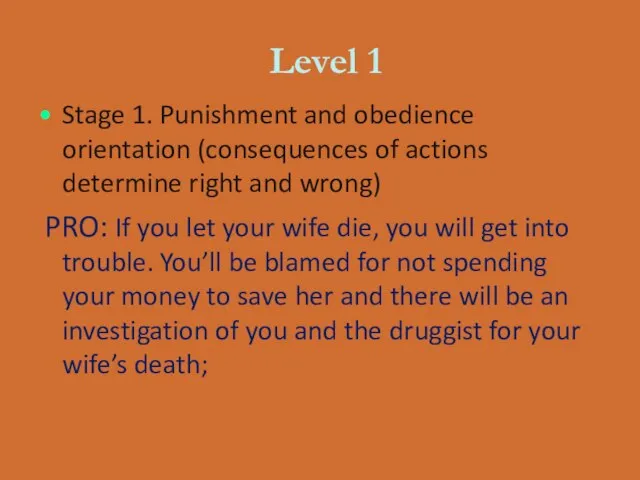

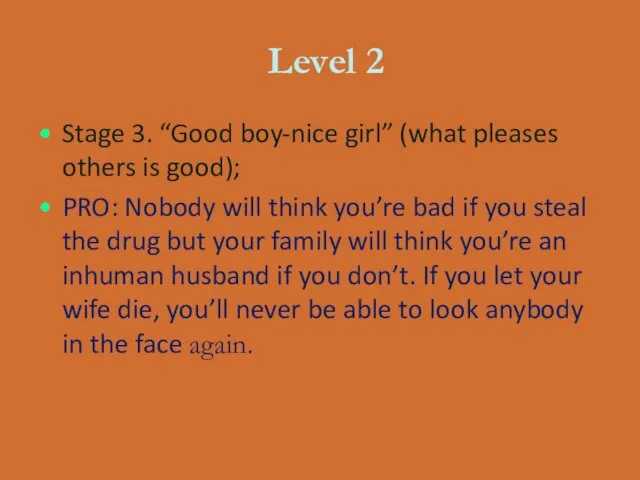

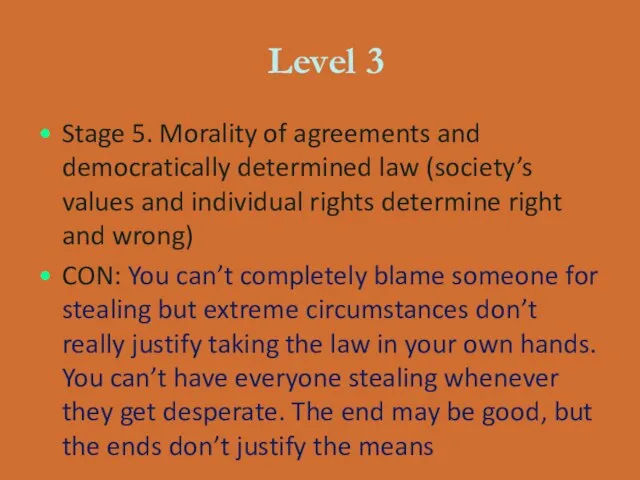
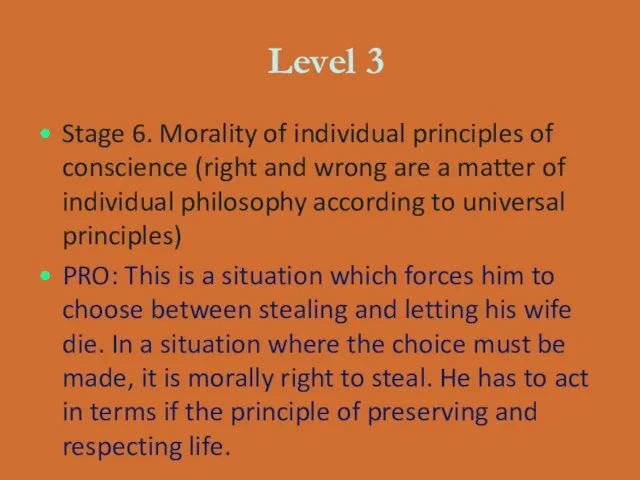
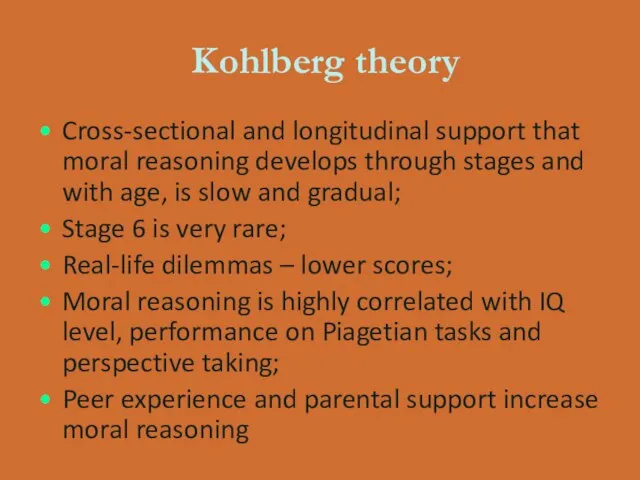

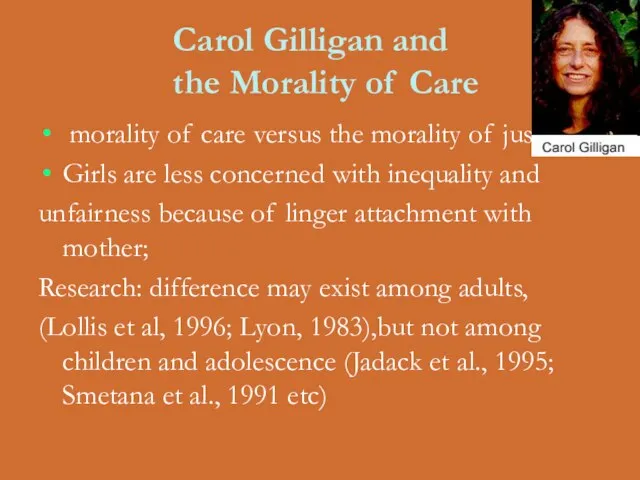
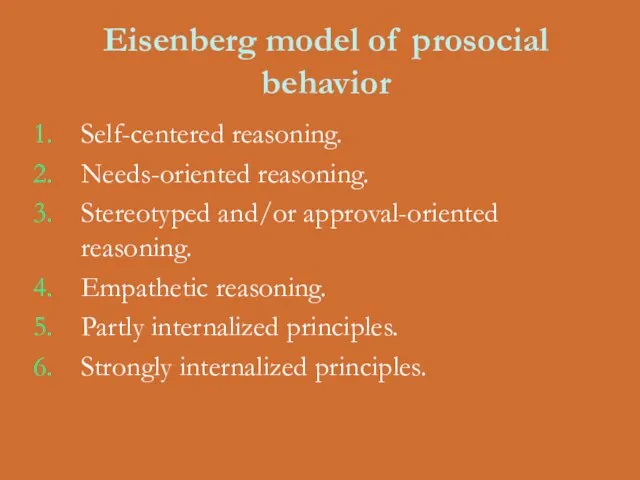
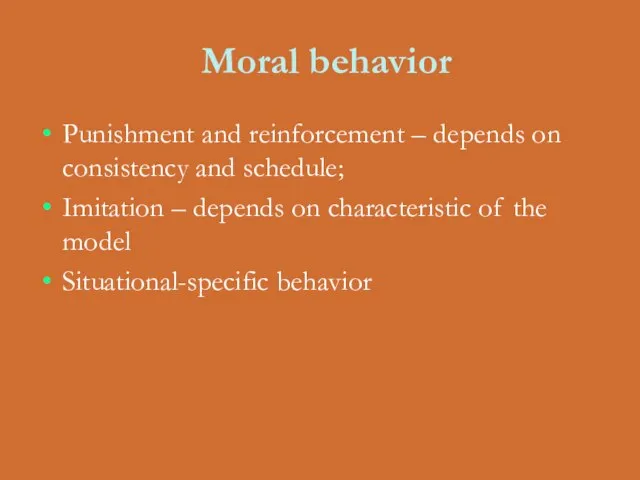
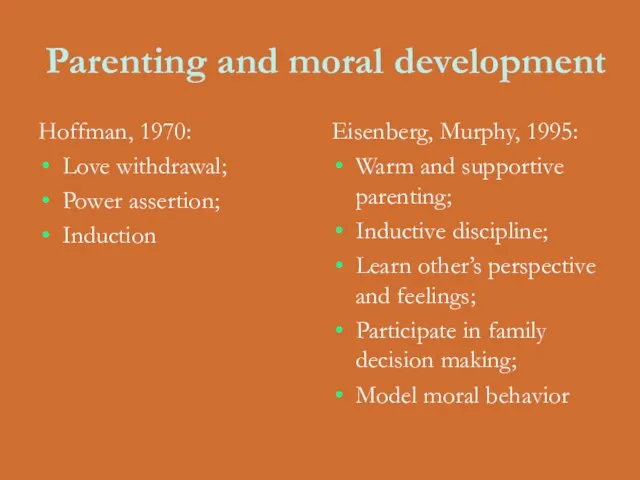
 Stop-кабина. Антистресс және жұмыс күні/түні кезіндегі демалып алу мүмкіндігі
Stop-кабина. Антистресс және жұмыс күні/түні кезіндегі демалып алу мүмкіндігі Общие основы педагогики
Общие основы педагогики 20171128_gilei
20171128_gilei Sun Ray solution
Sun Ray solution ывапвыа
ывапвыа Презентация на тему 7 чудес света (4 класс)
Презентация на тему 7 чудес света (4 класс) Меню кафе Эдиссон Экспресс
Меню кафе Эдиссон Экспресс energia_i_ee_prevraschenie
energia_i_ee_prevraschenie Ловкость, её показатели. Значение сенсорных систем. Моторная память у детей
Ловкость, её показатели. Значение сенсорных систем. Моторная память у детей Advertising Agency
Advertising Agency Задание на дифференцированный зачёт по предмету Индивидуальный проект
Задание на дифференцированный зачёт по предмету Индивидуальный проект Терехин Геннадий Михайлович
Терехин Геннадий Михайлович Разработка системы холодоснабжения жилого здания на базе кондиционера и солнечного коллектра
Разработка системы холодоснабжения жилого здания на базе кондиционера и солнечного коллектра История развития и становления права собственности в России
История развития и становления права собственности в России Вода – самое удивительное вещество
Вода – самое удивительное вещество Образование и карьера в сфере АПК
Образование и карьера в сфере АПК Партнерское предложение Hydra для поставщиков
Партнерское предложение Hydra для поставщиков Ознакомится с основными требованиями составления композиции костюма
Ознакомится с основными требованиями составления композиции костюма II ФЕСТИВАЛЬ
II ФЕСТИВАЛЬ Реализация сервисовмногоцелевого поиска и заказа группы товаров
Реализация сервисовмногоцелевого поиска и заказа группы товаров Презентация на тему Виды зимних укрытий
Презентация на тему Виды зимних укрытий  Твой выбор – твое будущее!
Твой выбор – твое будущее! ENGLISH ALPHABET
ENGLISH ALPHABET Мобильные приложения, App Store и мобильные операторы
Мобильные приложения, App Store и мобильные операторы Менеджмент. Понятие о социально-экономической организации
Менеджмент. Понятие о социально-экономической организации "Электрический ток"
"Электрический ток" Давление газов. Закон Паскаля
Давление газов. Закон Паскаля Карьера с Emperio. Маркетинг-план
Карьера с Emperio. Маркетинг-план